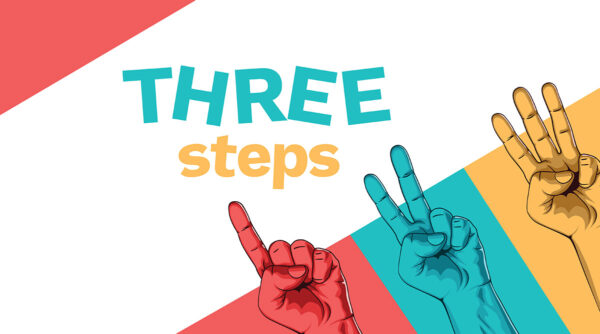What you decide to measure is important, because it determines what you tend to optimize.
Take email fundraising. One of the metrics that small- to medium-sized nonprofits tend to obsess over is how many unsubscribes they get. For organizations like this, one of the core principles of their email strategy becomes “minimize unsubscribes.”
That’s absolutely fine IF the nonprofit is also measuring and prioritizing “the number of new donors acquired via our email list” and “revenue from fundraising emails.”
All three of those metrics work in concert to produce an effective email fundraising program.
But if the main operating principle is to minimize unsubscribes, you end up with an email program that asks for support less often than it could, raises less money than it could, yet is pleased with its performance because of how few unsubscribes they have. Ouch.
Situations where organizations over-prioritize one metric happen all the time in fundraising:
- Nonprofits that are constantly Asking for support raise lots of money in the short term… but have lousy donor retention rates
- Nonprofits that relentlessly focus on ROI will see their ROI increase… and watch their impact shrink
- Nonprofits who over-steward their donors out of fears around asking “too much”… will raise far less money than they could be raising
It’s easy to come up with a fundraising platform or strategy that just prioritizes one metric… but it never works in the long term.
Sustainable, growing fundraising is all about getting your mix right: Asking and Reporting, high-ROI major donor relationships and low-ROI donor acquisition, a few more unsubscribes and more email revenue.
So the next time you’re in a conversation that’s focused on just one metric, ask yourself and your colleagues what other metrics you should be considering.
Because if you’re optimizing for just one metric, there’s usually a dark side that’s being missed.
***
Related note: experienced Fundraisers are so valuable because they have the knowledge to help nonprofits “get their mix right” for short-term revenue and long-term growth.
So we’re excited to share that if you’d like one of Better Fundraising’s experienced experts to help you “get the mix right” for your donor communications strategy and messaging this year, get in touch before this Friday night.
This page will show you how, for less than the price of an employee, Better Fundraising can write & design your print & email fundraising for you. (We’ll get your mix right, I promise.) 🙂
And if you fill out the form on the bottom of the page before Friday night, we’ll honor last year’s pricing if you decide to hire us. That’s a savings of $3,500.
Filling out the form by this Friday doesn’t commit you to anything. But we love fundraising, and we’d love to help you!






